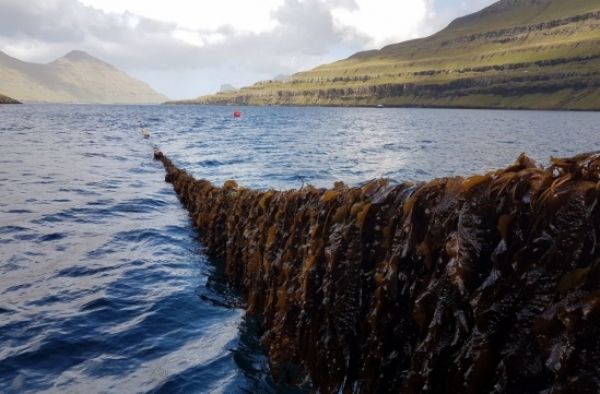It’s easy to think that more nutrients — the stuff life needs to grow and thrive — would foster more vibrant ecosystems. Yet nutrient pollution has in fact wrought havoc on marine systems, contributing to harmful algae blooms, worse water quality and oxygen-poor dead zones.
A team of researchers from UC Santa Barbara has proposed a novel strategy for reducing large amounts of nutrients — specifically nitrogen and phosphorous — after they have already been released into the environment. In a study appearing in the journal Marine Policy(link is external), the authors contend that seaweed’s incredible ability to draw nutrients from the water could provide an efficient and cost-effective solution. Looking at the U.S. Gulf of Mexico, the team identified over 63,000 square kilometers suitable for seaweed aquaculture.
“A key goal of conservation ecology is to understand and maintain the natural balance of ecosystems, because human activity tends to tip things out of balance,” said co-author Darcy Bradley(link is external), co-director of the Ocean and Fisheries Program at the university’s Environmental Markets Lab. Activities on land, like industrial-scale farming, send lots of nutrients into waterways where they accumulate and flow into the ocean in greater quantities than they naturally would.
Continue reading at University of California Santa Barbara
Image via University of California Santa Barbara


